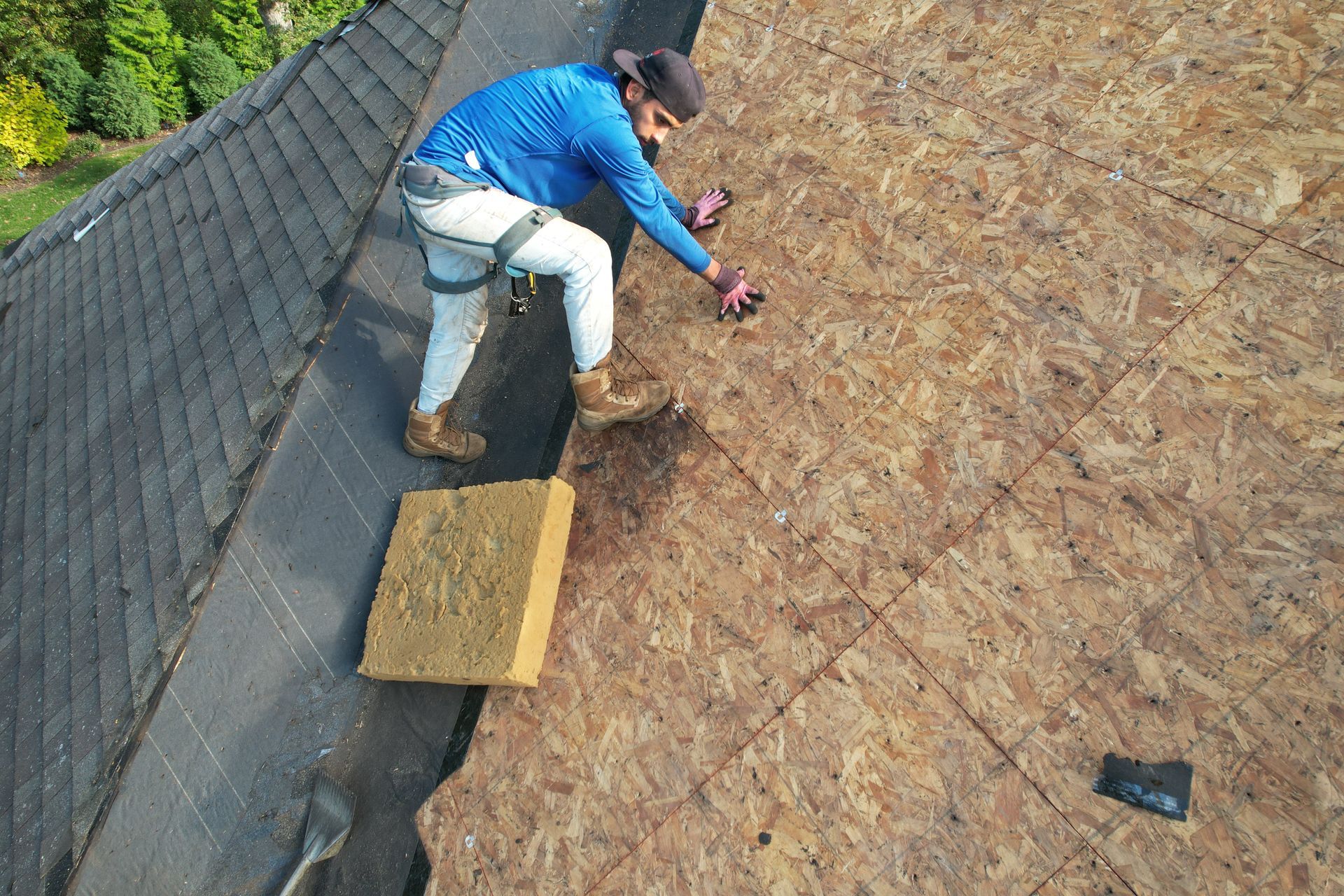What is your Roofer using?
Cap nails or staples for roofing
What Are Cap Nails?
- Roofing nails with a plastic cap (washer-like head).
- Designed to hold synthetic or felt underlayment securely without tearing.
IF YOUR ROOFER IS USING SYNTHETIC UNDERLAYMENT, THAT UNDERLAYMENT MANUFACTUER MOST LIKELY REQUIRES CAP NAILS FOR THE WARRANTY TO NOT BE VOIDED USING STAPLES
.The Problem With Staples
- Small contact point: Staples only grip a thin line of underlayment.
- Tearing risk: High winds or foot traffic can rip underlayment around staple holes.
- Not code-compliant in many areas: Insurance companies and inspectors often reject stapled underlayment.
Advantages of Cap Nails Over Staples - THERES A BIG DIFFERENCE
1. Stronger Hold
The wide plastic cap distributes pressure evenly, preventing tears in the underlayment.
2. Better Wind Resistance
Cap nails keep underlayment in place during high Wisconsin winds, protecting against blow-offs.
3. Code Compliance
Most modern building codes and underlayment manufacturers require cap nails, not staples. Using the wrong fastener can void warranties.
Longer Lifespan
Because they don’t rip easily, underlayment fastened with cap nails lasts longer and gives shingles a more solid base.
Why DG Construction Uses Cap Nails?
- We follow manufacturer guidelines and local codes.
- Every underlayment installation is secured with cap nails for maximum protection.
- We don’t cut corners—your home deserves the right materials and the right installation.




